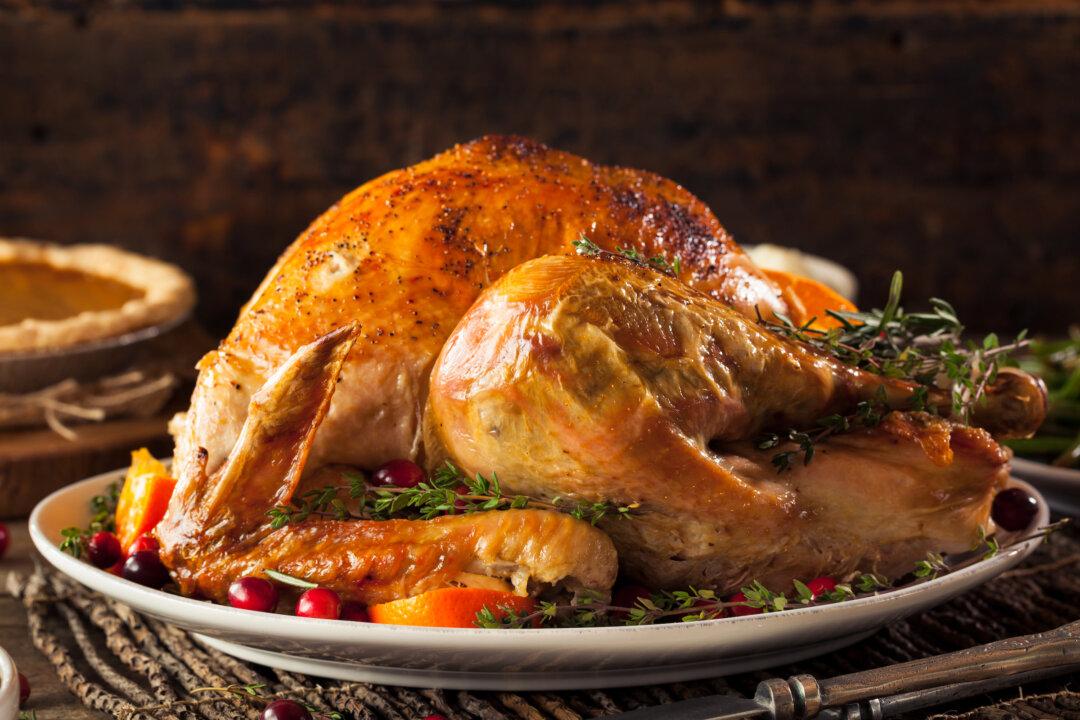The soup is still bubbling when it arrives at the table. Outside, it’s 89 degrees.
It’s late July in New York City and I’d rather be sitting down to a tub of ice cream. Instead, I’m squeezing into a chair at Hansol Nutrition Center, a Korean restaurant in Flushing’s Murray Hill neighborhood, for a piping hot bowl of chicken soup. Steam billows from the broth, reminding me of the hot, muggy air engulfing the city outside.






